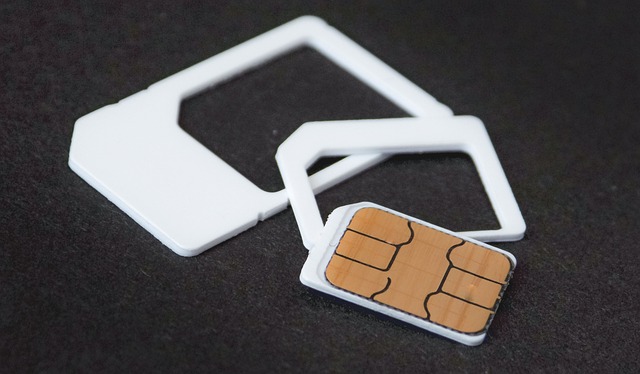The Social Resurgence of Analog: A Look into the Vinyl Revival
In an era ruled by digital technology and instant gratification, a nostalgic resurgence of analog has captured the cultural zeitgeist. This phenomenon, specifically represented by the vinyl revival, has seen a re-emergence of the physical and tactile in the face of the digital and intangible. Read below as we delve into the history, current trends, and societal implications of this cultural shift.

Back to Basics: The Historical Context of Vinyl
Vinyl records, once the mainstay of music consumption, were almost rendered obsolete by the advent of digital music and streaming platforms. From the 1990s onwards, digital music formats like CDs and MP3s took over, offering convenience and portability. However, the late 2000s saw a surprising resurgence of vinyl records, with sales increasing year on year, reaching a peak in 2020 with the highest sales since the 1980s.
The Vinyl Revival: A Current Cultural Shift
The vinyl revival is more than just a fad. It represents a broader societal shift towards tangible, analog experiences in a digitized world. The tactile nature of vinyl, the ritual of playing a record, and the larger album art contribute to a more immersive and mindful listening experience. This stands in stark contrast to the ephemeral nature of digital consumption, where music is often relegated to background noise.
The Sociological Significance: Vinyl as a Counter-Movement
The vinyl revival can be seen as a counter-movement to the dominance of digital technology. It represents a longing for physicality, authenticity, and presence in the moment—values seemingly lost in the digital age. This counter-movement reflects a growing dissatisfaction with the impersonal nature of digital interactions and a desire to reclaim a sense of tactility and connection.
Research Insights: Unraveling the Appeal of Vinyl
Research attributes the vinyl revival to various factors. A study by the University of Sussex identifies the ritualistic nature of vinyl consumption as a key attraction, as it requires active engagement and creates a deeper connection with the music. Another research from the University of East Anglia points to the aesthetic appeal of vinyl and the desire for collectible items as major drivers of this trend.
The Future is Analog: Implications for Modern Society
The vinyl revival’s societal implications extend beyond music consumption. It highlights the enduring appeal of tangible experiences and the human need for physicality amidst digital saturation. This trend could potentially shape future consumer behaviors, encouraging a slower, more mindful approach to consumption. It also underscores the importance of balancing digital innovations with analog values as we navigate the complexities of the modern world.
In conclusion, the vinyl revival represents a fascinating sociocultural phenomenon. It underscores the enduring human need for tangible, authentic experiences amidst the digital age’s fleeting nature. It’s a testament to the power of nostalgia, the allure of the physical, and the persistent desire for genuine connection in a world increasingly characterized by digital disconnection. It also serves as a reminder that even in an era of rapid technological advancements, there will always be room for the simple, the tangible, and the analog.




